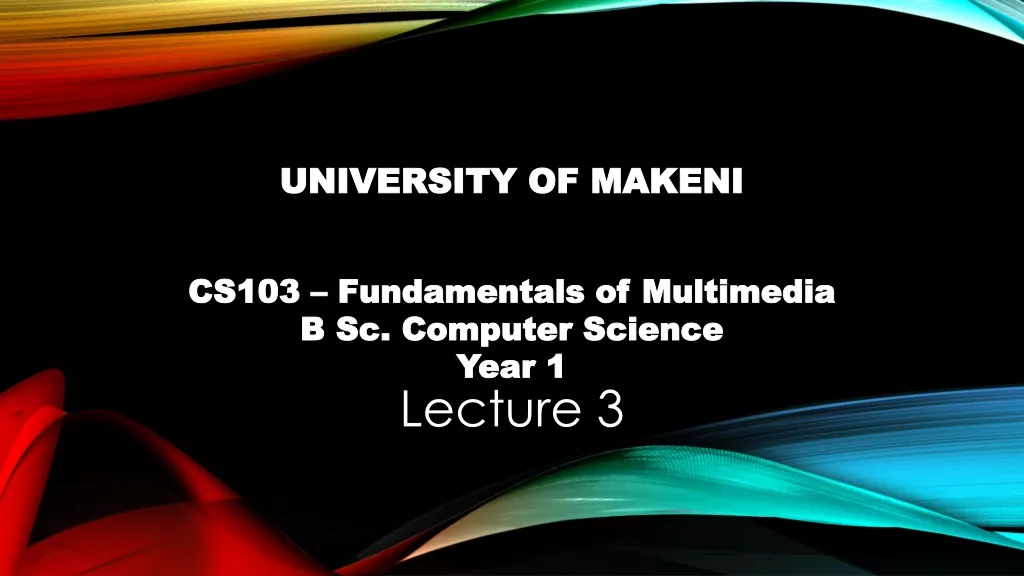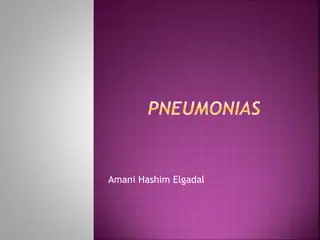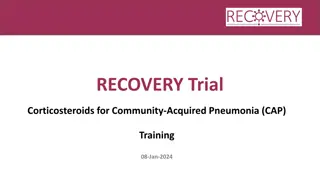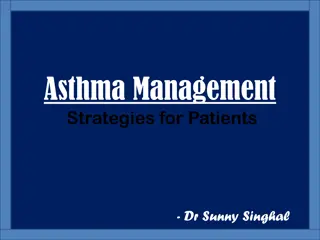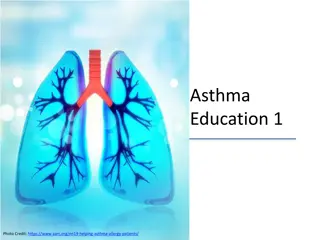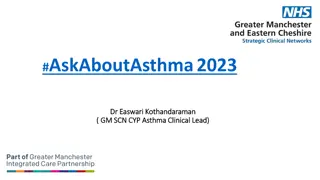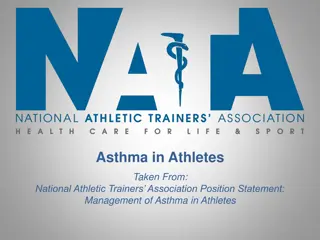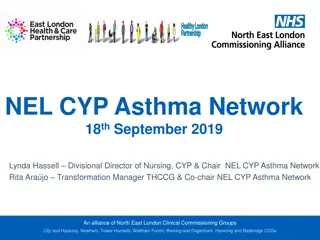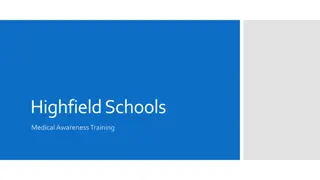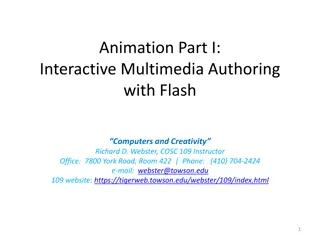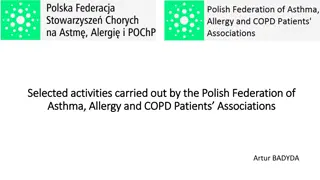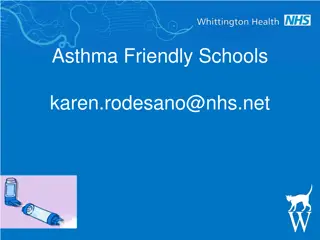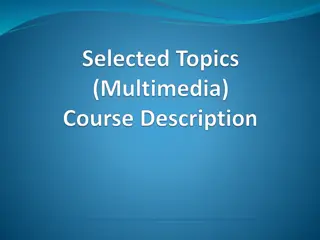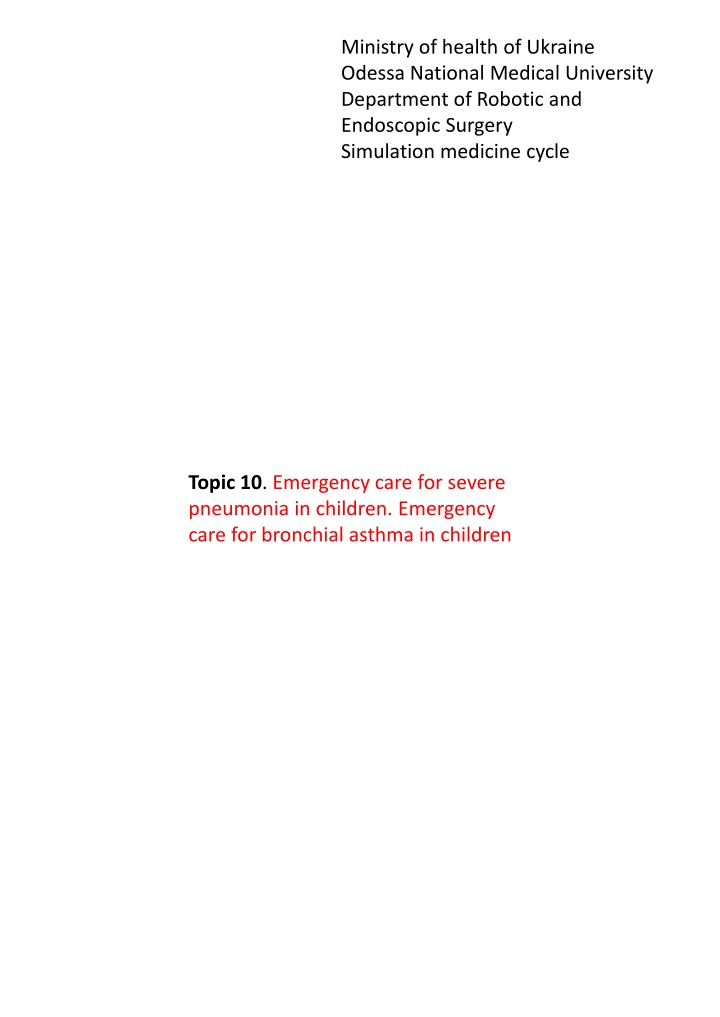
Emergency Care for Severe Pneumonia & Bronchial Asthma in Children
Learn about emergency care for severe pneumonia and bronchial asthma in children, including symptoms, diagnosis, treatment options, and when to seek medical help. Understand the importance of staying hydrated, managing fever, and following prescribed antibiotics for pneumonia. Discover essential information on asthma in children, the inflammatory responses in the lungs, triggering factors, and treatment strategies. Stay informed to provide optimal care for these respiratory conditions in children.
Download Presentation

Please find below an Image/Link to download the presentation.
The content on the website is provided AS IS for your information and personal use only. It may not be sold, licensed, or shared on other websites without obtaining consent from the author. If you encounter any issues during the download, it is possible that the publisher has removed the file from their server.
You are allowed to download the files provided on this website for personal or commercial use, subject to the condition that they are used lawfully. All files are the property of their respective owners.
The content on the website is provided AS IS for your information and personal use only. It may not be sold, licensed, or shared on other websites without obtaining consent from the author.
E N D
Presentation Transcript
Ministry of health of Ukraine Odessa National Medical University Department of Robotic and Endoscopic Surgery Simulation medicine cycle Topic 10. Emergency care for severe pneumonia in children. Emergency care for bronchial asthma in children
Topic 10: Emergency care for severe pneumonia and Emergency care for bronchial asthma in child Definition of pneumonia : Pneumonia is an infection of the lungs that can be caused by viruses, bacteria, fungi and parasites. Pneumonia is a secondary illness that develops because the viral or bacterial illness was there first. Because most forms of pneumonia are linked to viral or bacterial infections that spread from person to person, they're most common during the fall, winter, and early spring, when children spend more time indoors in close contact with others. The chance that a child will develop pneumonia is not affected by how she is dressed or by air temperature. Signs and Symptoms Like many infections, pneumonia usually produces a fever, which in turn may cause sweating, chills, flushed skin, and general discomfort. The child also may lose her appetite and seem less energetic than normal. Babies and toddlersmay seem pale and limp, and cry more than usual. Because pneumonia can cause breathing difficulties, you may notice these other, more specific symptoms, too: Cough Fast, labored breathing Increased activity of the breathing muscles below and between the ribs and above the collarbone Flaring (widening) of the nostrils Pain in the chest, particularly with coughing or deep breathing Wheezing Bluish tint to the lips or nails, caused by decreased oxygen in the bloodstream Although the diagnosis of pneumonia usually can be made on the basis of the signs and symptoms, a chest X-ray sometimes is necessary to make certain and to determine the extent of lung involvement. TREATMENT: In most cases, children with bacterial pneumonia are given oral antibiotics and are able to stay home to rest and recover. Pneumonia due to flu virus can be treated with anti-viral medications within the first 2 or 3 days of symptoms. For other viruses that cause pneumonia, there are no medications. In these cases, supportive measures like keeping
your child hydrated, controlling any fever, and treating wheezing or oxygen need are used until the body can overcome the infection by itself. If the doctor prescribed antibiotics, give the medicine on schedule for as long as directed. This will help your child recover faster and will decrease the chance that infection will spread to other household members. For wheezing, a doctor might recommend using a nebulizer or inhaler. Ask your doctor before you use non-prescribed medicine to treat your child's cough because cough suppressants stop the lungs from clearing mucus, which may not be helpful in pneumonia. Over-the-counter cough and cold medications are not recommended for kids under 6 years old. Take your child's temperature at least once each morning and each evening, and call the doctor if it goes above 102 F (38.9 C) in an older infant or child or above 100.4 F (38 C) in an infant under 6 months of age.Check your child's lips and fingernails to make sure that they are rosy and pink, not bluish or gray, which is a sign that the lungs are not getting enough oxygen. Children may be hospitalized for treatment if they have pneumonia if: They need supplemental oxygen They have lung infections that may have spread to the bloodstream They have chronic illnesses that affect the immune system They are vomiting so much that they cannot take medicine by mouth or are dehydrated. Antibiotics can give Levofloxacin750 mg PO q24h or. Moxifloxacin400 mg PO q24h or. 1 g PO q8h or amoxicillin-clavulanate 2 g PO q12h or Combination of a beta-lactam ( amoxicillin 500 mg PO BID) plus a macrolide (azithromycinor ceftriaxone 1g IV/IM q24h or cefuroxime clarithromycin) EMERGENCY CARE FOR BRONCHIAL ASTHMA IN CHILD: Asthma in Children In childhood asthma, the lungs and airways become easily inflamed when exposed to certain triggers, such as inhaling pollen or catching a cold or other respiratory infection. Childhood asthma can cause bothersome daily symptoms that interfere with play, sports, school and sleep. In some children, unmanaged asthma can cause dangerous asthma attacks.
Childhood asthma isn't a different disease from asthma in adults, but children face unique challenges. The condition is a leading cause of emergency department visits, hospitalizations and missed school days. Unfortunately, childhood asthma can't be cured, and symptoms can continue into adulthood. But with the right treatment, you and your child can keep symptoms under control and prevent damage to growing lungs. Common childhood asthma signs and symptoms include: Frequent coughing that worsens when your child has a viral infection, occurs while your child is asleep or is triggered by exercise or cold air A whistling or wheezing sound when breathing out Shortness of breath Chest congestion or tightness Make an appointment with your child's doctor if you notice: Coughing that is constant, is intermittent or seems linked to physical activity Wheezing or whistling sounds when your child breathes out Shortness of breath or rapid breathing Complaints of chest tightness Repeated episodes of suspected bronchitis or pneumonia Complications Asthma can cause a number of complications, including: Severe asthma attacks that require emergency treatment or hospital care Permanent decline in lung function Missed school days or getting behind in school Poor sleep and fatigue Symptoms that interfere with play, sports or other activities Prevention Careful planning and avoiding asthma triggers are the best ways to preventasthma attacks. Limit exposure to asthma triggers. Help your child avoid the allergens and irritants that trigger asthma symptoms. Don't allow smoking around your child. Exposure to tobacco smoke during infancy is a strong risk factor for childhood asthma, as well as a common trigger of asthma attacks. Encourage your child to be active. As long as your child's asthma is well-controlled, regular physical activity can help the lungs to workmore efficiently. See the doctor when necessary. Check in regularly. Don't ignore signs that your child's asthma might not be under control, such as needing to use a quick-relief inhalertoo often.
Medications for long-term control Long-term control, or maintenance, medications are usually taken daily. Types of long-term control medications include the following: Inhaled corticosteroids are the most commonly used long-term asthma control drugs for children under age 5, as well as the preferred treatment according to the National Asthma Education and Prevention guidelines. Easily administered inhaled corticosteroids available to infants and preschool children include budesonide(Pulmicort Flexhaler, Pulmicort Respules), fluticasone (FloventHFA) and beclomethasone (Qvar Redihaler). Leukotriene modifiers may be added to a treatment plan when an inhaled corticosteroid treatment alone does not result in stable asthma management. The drug montelukast (Singulair) is approved in a chewable tablet form for children age 2 to 6 and in a granular form that can be added to pureed food for children as young as 1. Long-acting beta agonist is an inhaled drug that can be added to a corticosteroid treatment regimen. The drug salmeterol is a long-acting beta agonist combined with an inhaled corticosteroid as a single-dose inhaled medication (Advair HFA). Cromolyn is an inhaled drug that blocks inflammatory events and may be used as an add-on treatment with inhaled corticosteroids. There is less evidence of the effectiveness of this treatment than for the other long-term control drugs appropriate for young children. Oral corticosteroids are used only when asthma management cannot be controlled with other treatments Short-acting medications These medications called short-acting bronchodilators provide immediate relief of asthma symptoms, and effects last four to six hours. Short-acting bronchodilators for asthma include albuterol (ProAirHFA, Ventolin HFA, others) and levalbuterol

